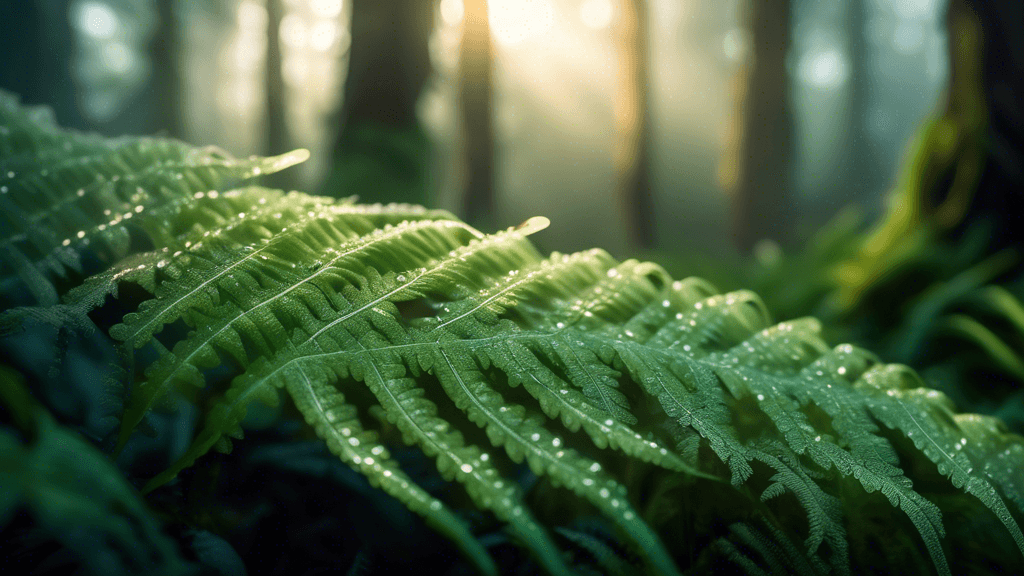
Exploring New Zealand's Landscape Through Macro Photography
Share
Unlocking the Microcosms of New Zealand's Landscapes
When you think of New Zealand’s sweeping vistas, your mind might conjure images of towering mountains, expansive blue lakes, and lush greenery. But how often do you consider the intricate beauty locked within these landscapes at a much smaller scale? Macro photography offers a unique lens through which to explore this often-overlooked world, revealing a realm teeming with life and complexity that mirrors, and sometimes even exceeds, the majestic beauty of the more familiar wide-angle perspectives.
What is Macro Photography?
Macro photography is more than just close-up photography. It is the art of making small objects look larger than life, capturing details that are often invisible to the naked eye. This form of photography can transform a small patch of grass into a sprawling forest or a drop of dew into a shimmering pool.
Benefits of Engaging with Macro Photography
- Attention to Detail: It encourages photographers to slow down and appreciate the finer details of their surroundings.
- Creativity and Technique: It challenges your technical skills and creativity, requiring mastery over equipment, lighting, and composition.
- A New Perspective: Offers a fresh perspective on familiar landscapes, uncovering hidden beauty and fostering a deeper connection with the environment.
New Zealand: A Macro Photographer's Paradise
New Zealand's diverse ecosystems provide a rich tapestry of subjects for macro photography. From the lush coastlines of the North Island to the alpine flora of the Southern Alps, each environment presents unique opportunities to capture the extraordinary details of nature.
Notable Flora and Fauna
- Koru: The spiral-shaped new growth of ferns, which are a symbol of creation and renewal in Māori culture.
- Tūī: A native bird species known for its iridescent feathers and complex songs, which can be captured up close in their natural habitat.
- Orchids and Lichens: These species thrive in New Zealand’s humid climate and offer intricate textures and vibrant colors that are ideal for macro photography.
Incorporating Indigenous Knowledge
Engaging with local knowledge is not only respectful but enriching. The Māori concept of 'Kaitiakitanga,' which represents guardianship and conservation of the environment, aligns deeply with the values of many nature photographers. Understanding and respecting the significance of the land and its features enhances the photographic experience, enriching the narrative behind the images captured.
Techniques and Tips for Macro Photography in New Zealand
Mastering macro photography requires both technical skill and creative vision. Here are some tips to get started:
Choosing the Right Equipment
- Lenses: A true macro lens that offers 1:1 magnification is ideal, though extension tubes and close-up filters can also be useful for beginners.
- Lighting: Natural light is often preferable, but a ring flash or LED can provide additional illumination without overpowering the natural environment.
Composition and Focus
With macro photography, even a slight shift can alter the entire composition. Careful attention must be paid to focus, with many photographers using manual focus to achieve the sharpness required at such close distances. Compositional elements like the rule of thirds still apply, but experimenting with different angles and framing can yield striking results.
Photographic Ethics and Environmental Conservation
As macro photographers capture these intimate environmental details, they also become stewards of the landscapes they depict. It is crucial to practice ethical photography, ensuring that their presence does not harm the delicate ecosystems within which they work. Photographers should strive to leave no trace, respecting wildlife and natural habitats, and encouraging others to do the same through their art.
Leveraging Photography for Conservation Efforts
Macro photography can play a pivotal role in conservation by highlighting aspects of the environment that are often overlooked, yet crucial to the ecosystem. By showcasing the beauty and complexity of biodiversity on a miniature scale, photographers can foster a greater appreciation and urge for the protection of these environments.
Conclusion: The Immense Value of Small Worlds
The vast landscapes of New seemed are undeniably breathtaking, but the smaller ecosystems within them hold wonders of their own. Through macro photography, we can explore these microcosms in detail, gaining a deeper understanding and appreciation for the intricacy and beauty of nature’s designs. This not only enhances our experience of the natural world but also underscores the importance of conservation efforts to protect these fragile environments. Are you ready to uncover the big impact of New Zealand’s small wonders?
Whether you are a seasoned photographer or an enthusiastic beginner, consider the macro lens as your portal to a whole new dimension of New Zealand's breathtaking landscape. Grab your gear, and let's delve into the tiny, exquisite world of macro photography.
Why not start your macro photography journey today and see how you can contribute to preserving the beauty of New Zealand’s unique ecosystems?





